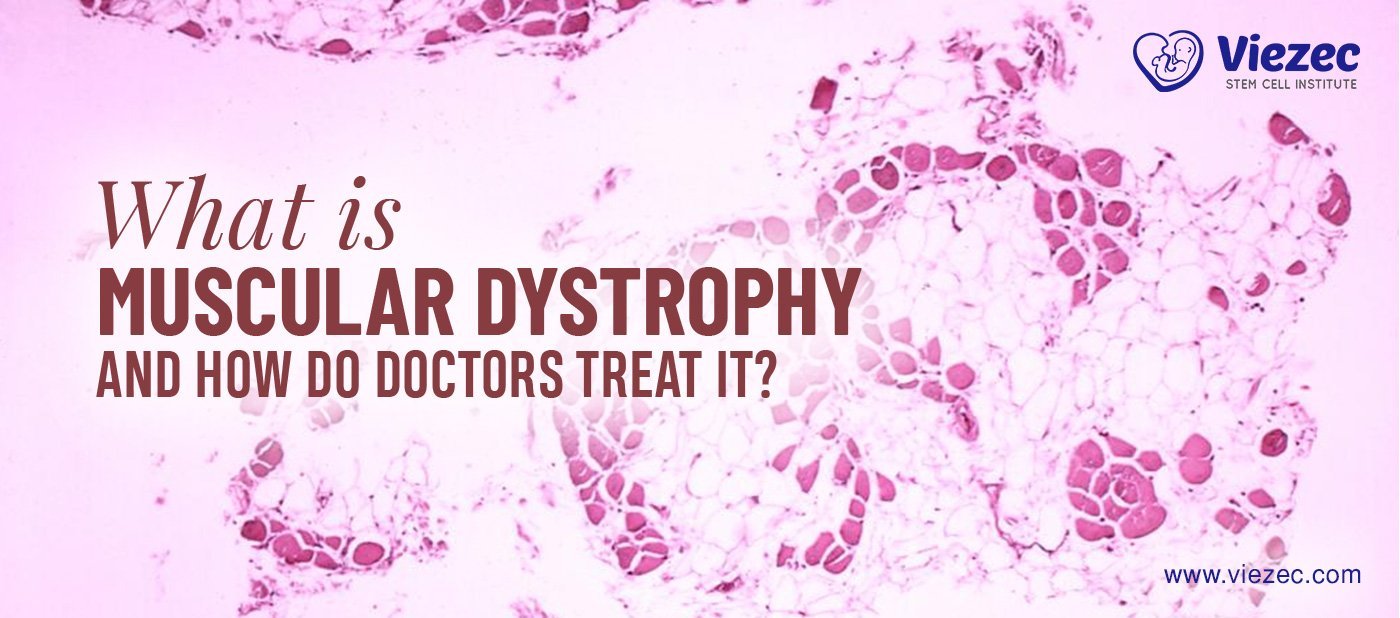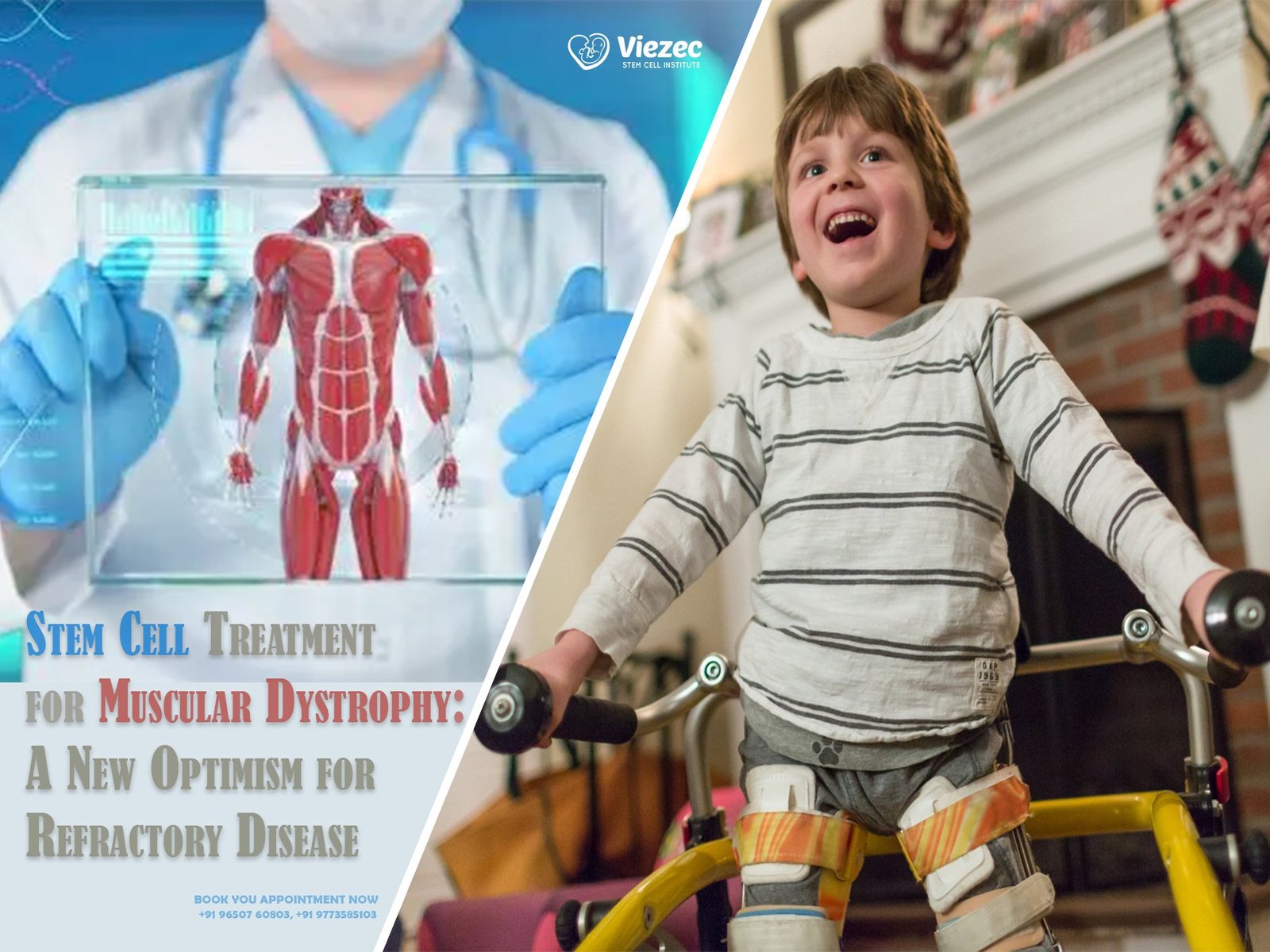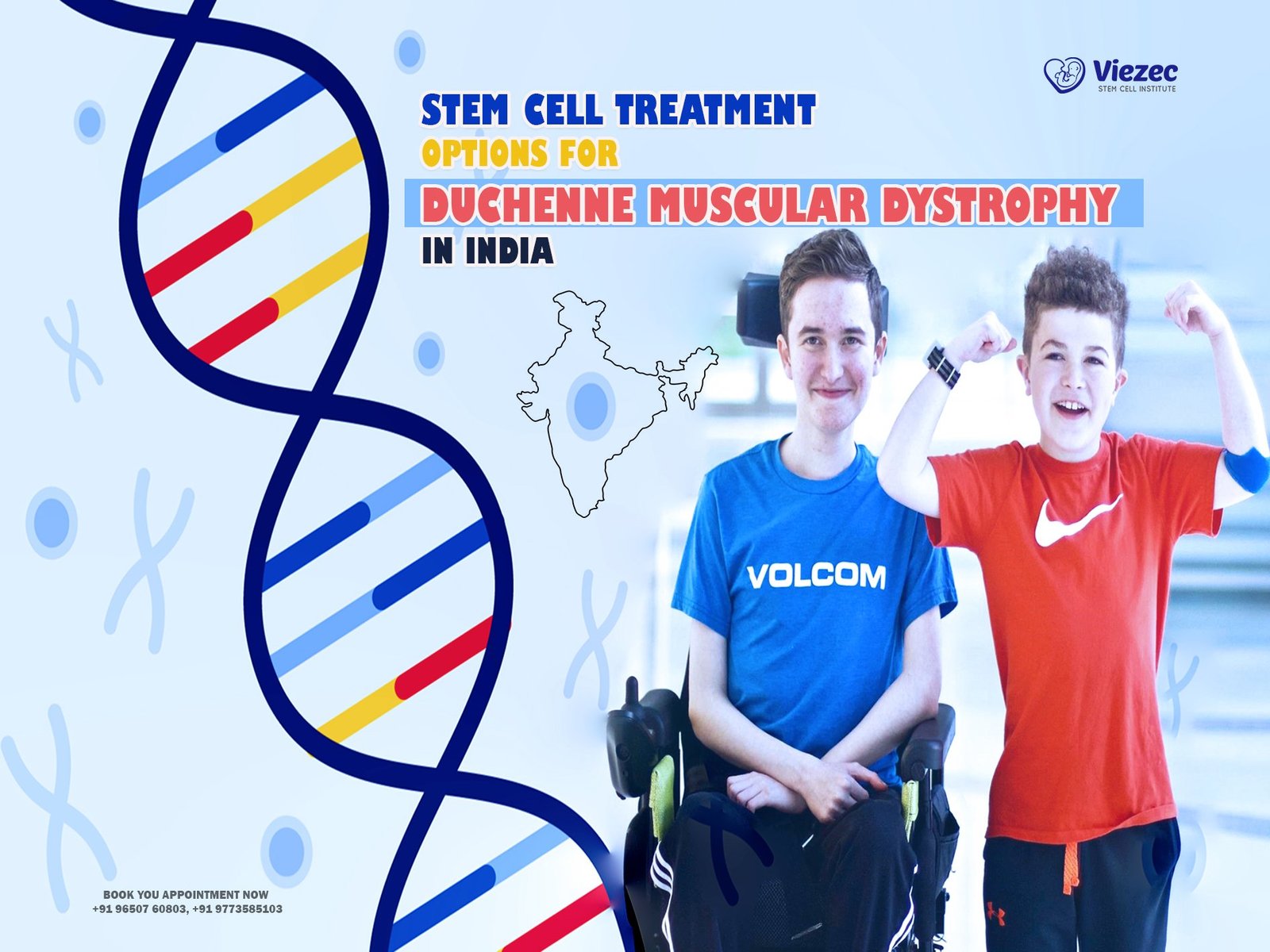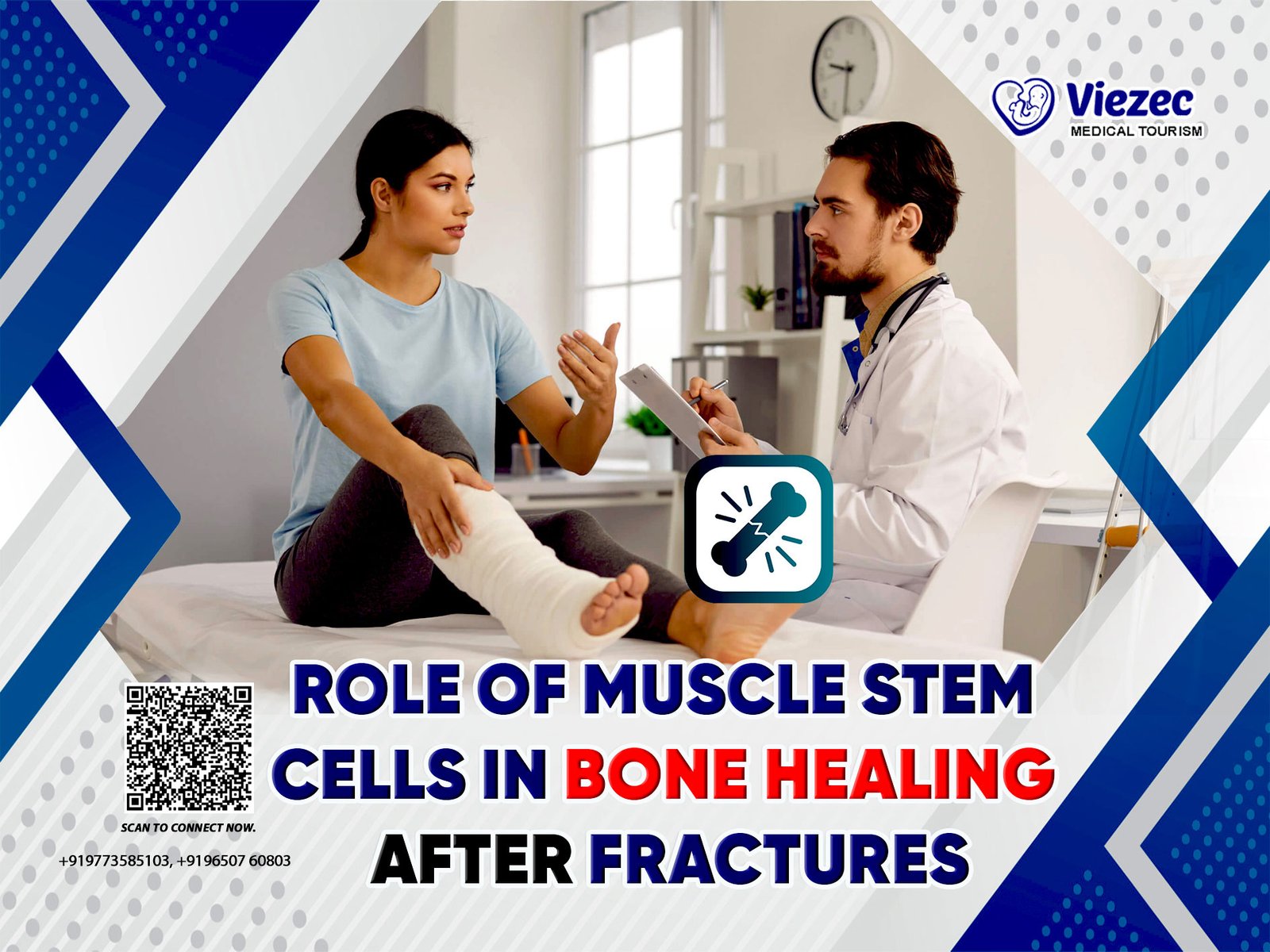Muscular dystrophy (MD) refers to a group of genetic disorders characterized by progressive muscle weakness and degeneration. There are several types of muscular dystrophy, each varying in onset, severity, and progression. Understanding the stages of muscular dystrophy is crucial for managing the condition effectively and improving the quality of life for patients.
Definition and Types of Muscular Dystrophy
Muscular dystrophy encompasses a spectrum of genetic disorders that lead to muscle weakening and breakdown. The most common types include Duchenne muscular dystrophy (DMD), Becker muscular dystrophy (BMD), and myotonic dystrophy (DM). Each type differs in genetic cause, age of onset, and rate of progression.
Importance of Understanding Disease Progression
The progression of muscular dystrophy varies widely among individuals, making early detection and management essential. Recognizing the stages allows healthcare providers to tailor treatment plans and interventions to meet the specific needs of patients at different points in their disease journey.
Early Stage Manifestations
Early detection of muscular dystrophy is often challenging due to subtle initial symptoms that may be overlooked or attributed to other causes.
Initial Symptoms and Onset
The initial symptoms of muscular dystrophy typically involve muscle weakness, frequent falls, difficulty getting up from a seated position, and delayed motor skills development in children. These signs may appear gradually and worsen over time.
Diagnostic Challenges and Early Detection
Diagnosing muscular dystrophy early involves a combination of clinical evaluations, genetic testing, electromyography (EMG), and muscle biopsy. Early detection enables timely intervention and support to manage symptoms effectively.
Role of Genetic Testing in Early Diagnosis
Genetic testing plays a crucial role in confirming a diagnosis of muscular dystrophy and identifying specific genetic mutations. It helps predict disease progression and allows for genetic counseling to inform family planning decisions.
Progression and Clinical Stages
The progression of muscular dystrophy is categorized into stages that reflect the increasing severity of muscle weakness and functional impairment over time.
Stage I: Mild Symptoms and Limited Impact
In the early stages, individuals may experience mild muscle weakness and fatigue, with minimal impact on daily activities. They may compensate for muscle weakness through adaptive strategies and lifestyle modifications.
Stage II: Increasing Muscle Weakness and Fatigue
As the disease progresses, muscle weakness becomes more pronounced, affecting mobility and stamina. Patients may require assistive devices such as braces or wheelchairs to maintain independence.
Stage III: Significant Muscle Weakness and Mobility Issues
By this stage, muscle weakness significantly impairs mobility, making walking and climbing stairs challenging. Physical therapy and supportive care become essential to manage muscle function and prevent complications.
Advanced Disease Progression
In advanced stages of muscular dystrophy, severe muscle weakness and complications affect multiple organ systems, requiring comprehensive medical management and supportive care.
Stage IV: Severe Muscle Weakness and Loss of Mobility
Individuals in stage IV experience profound muscle weakness and may be largely wheelchair-bound. Daily activities become increasingly difficult, requiring extensive assistance and adaptive equipment.
Stage V: Respiratory and Cardiac Complications
Progression to stage V is marked by respiratory muscle weakness and cardiac complications, posing significant health risks. Ventilatory support and cardiac monitoring are crucial to manage respiratory function and heart health.
Role of Rehabilitation in Managing Advanced Stages
Rehabilitation therapies, including physical therapy and occupational therapy, play a vital role in maintaining mobility, preventing contractures, and improving quality of life for patients in advanced stages of muscular dystrophy.
Impact on Daily Life
Muscular dystrophy profoundly impacts daily life, affecting physical abilities, psychological well-being, and social interactions for patients and their caregivers.
Functional Limitations and Adaptive Strategies
Functional limitations increase as the disease progresses, necessitating adaptive strategies such as mobility aids, home modifications, and specialized equipment to promote independence and safety.
Psychological and Social Impacts on Patients and Caregivers
Living with muscular dystrophy can lead to emotional challenges such as anxiety, depression, and social isolation. Supportive care, counseling, and community resources are essential to address psychosocial needs.
Supportive Care and Quality of Life Issues
Holistic supportive care focuses on improving quality of life by addressing pain management, nutritional support, respiratory care, and palliative care as needed throughout the disease course.
Emerging Therapies and Treatment Options
Advances in medical research have led to promising therapies aimed at slowing disease progression and improving outcomes for patients with muscular dystrophy.
Current Pharmacological Interventions
Pharmacological treatments, such as corticosteroids and medications targeting specific genetic mutations, aim to mitigate symptoms, preserve muscle function, and delay disease progression.
Stem Cell Therapy and Regenerative Medicine
Stem cell therapy holds potential for regenerating damaged muscle tissue and improving muscle strength in select types of muscular dystrophy. Clinical trials are ongoing to assess safety and efficacy.
Gene Therapy and Clinical Trials
Gene therapy approaches aim to correct or replace defective genes responsible for muscular dystrophy. Recent clinical trials have shown promising results in restoring dystrophin production and improving muscle function.
Management Strategies
Managing muscular dystrophy requires a multidisciplinary approach involving healthcare professionals, caregivers, and community support networks.
Multidisciplinary Approach to Care
Comprehensive care teams, including neurologists, physiatrists, genetic counselors, physical therapists, and nutritionists, collaborate to provide personalized treatment plans and support services.
Physical Therapy and Exercise Programs
Physical therapy programs focus on maintaining range of motion, preventing muscle contractures, and improving muscle strength through tailored exercise regimens and therapeutic interventions.
Assistive Devices and Mobility Aids
Assistive devices such as orthotics, wheelchairs, and adaptive equipment enhance mobility, accessibility, and independence for individuals with muscular dystrophy at different stages of the disease.
Clinical Trials and Research Advances
Ongoing research into muscular dystrophy aims to develop innovative treatments and improve understanding of disease mechanisms.
Promising Research Directions
Emerging research explores novel therapeutic approaches, including gene editing technologies, exon skipping strategies, and biomarker development to monitor disease progression.
Challenges in Developing Effective Treatments
Challenges in muscular dystrophy research include variability in disease presentation, ethical considerations in clinical trials, and access to specialized care and experimental therapies.
Patient Advocacy and Role in Research
Patient advocacy groups and research organizations play a crucial role in raising awareness, funding research initiatives, and advocating for improved healthcare policies and access to treatments.
Caregiving and Support Networks
Supporting individuals with muscular dystrophy involves addressing the unique needs of caregivers and connecting families with resources and emotional support.
Importance of Caregiver Support and Education
Caregivers play a vital role in managing daily care routines, navigating healthcare systems, and advocating for their loved ones with muscular dystrophy. Education and support programs help caregivers cope with challenges and maintain their well-being.
Community Resources and Support Groups
Community resources, support groups, and online forums provide a platform for sharing experiences, accessing information, and fostering peer support among individuals affected by muscular dystrophy and their families.
Addressing Caregiver Burnout
Managing caregiver burnout is essential to ensure sustainable care for individuals with muscular dystrophy. Respite care services, counseling, and caregiver support networks offer valuable assistance and promote caregiver well-being.
Frequently Asked Questions
What are the early signs of muscular dystrophy?
Early signs include muscle weakness, frequent falls, delayed motor skills development, and difficulty rising from a seated position.
How is muscular dystrophy diagnosed?
Diagnosis involves clinical evaluations, genetic testing, electromyography (EMG), and sometimes muscle biopsy to confirm the type and extent of muscle damage.
What treatments are available for muscular dystrophy?
Treatments include pharmacological interventions, physical therapy, assistive devices, and emerging therapies such as gene therapy and stem cell treatments aimed at managing symptoms and slowing disease progression.
What support is available for caregivers of individuals with muscular dystrophy?
Caregivers can access support through caregiver education programs, respite care services, support groups, and online communities that provide information, resources, and emotional support.
For more information on muscular dystrophy stages, treatment options, and caregiving support, visit us online or consult with a healthcare provider specializing in neuromuscular disorders.









